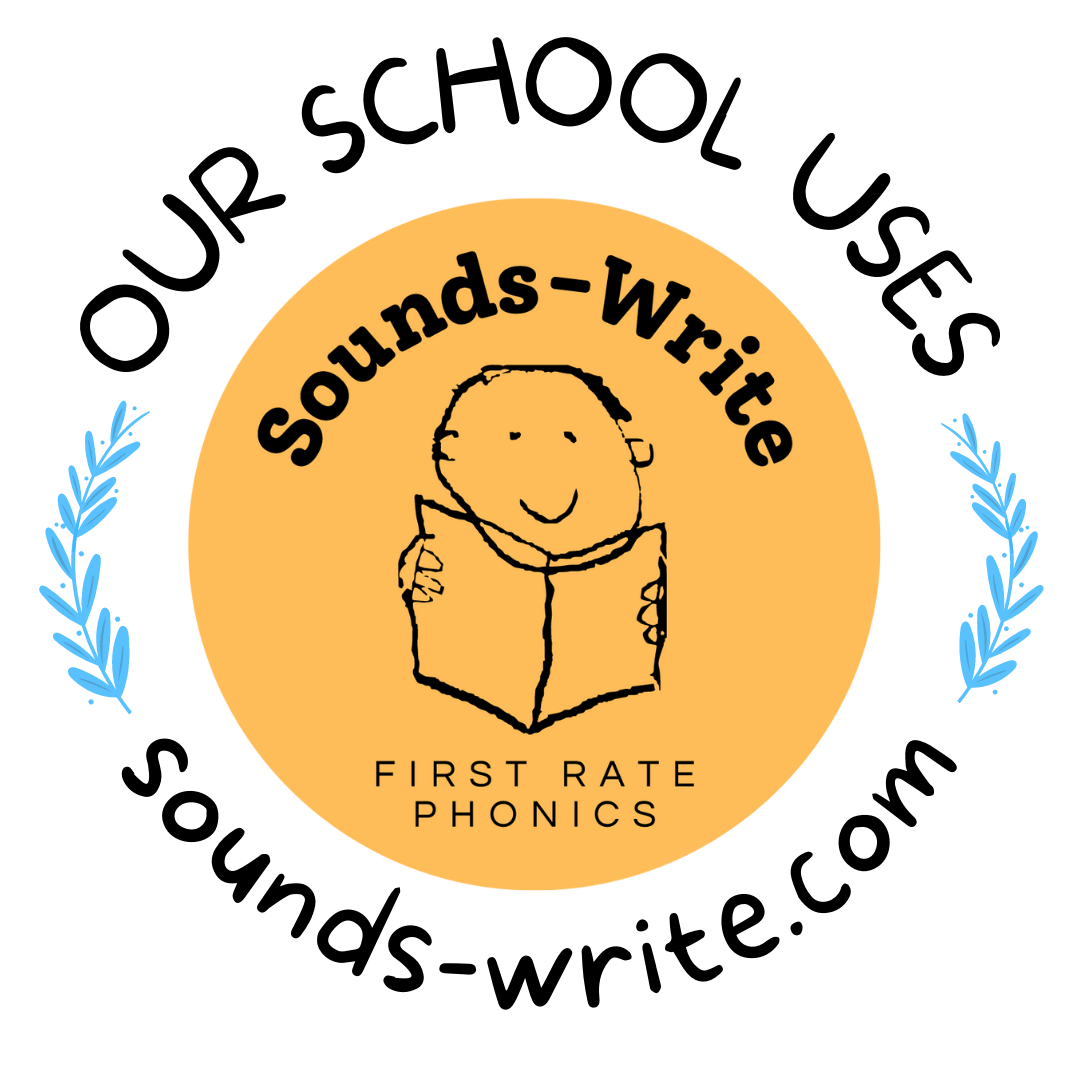Phonics and Reading

At Greenvale Primary School, we teach phonics using a linguistic phonics programme called Sounds-Write. Sounds-Write is a very highly structured, multi-sensory approach to teaching children to read and spell. Its structure and simplicity makes it a programme accessible to all learners and helps them to make excellent progress with their reading and spelling.
Phonics involves teaching children how to connect the sounds of spoken English with the letter or groups of letters which represent the sounds we make.
It is important to say the sounds very precisely - you can watch and listen to a child saying the sounds in this short video:
https://www.youtube.com/watch?v=a8ZMfYjdN-s
We encourage all of our parents to access the free Sounds-Write online course for parents, "Help your child to read and write" so that they are well-informed about how best to support their children with their reading.
Sounds-Write is effective in teaching pupils to read, spell and write because it provides a structured, cumulative, and code-oriented approach to teaching reading and spelling, taking children in carefully sequenced, incremental steps.
The four key concepts children are taught are
- 1. Letters are symbols that represent sounds
- 2. Sounds can be spelled using 1, 2, 3 or 4 letters
- 3. The same sound can be spelled in different ways
- 4. The same spelling can represent different sounds
The three key skills children need to master are:
- 1. Blending
- 2. Segmenting
- 3. Phoneme manipulation
Foundation Stage: Reception
Children in our Foundation Stage begin with the initial code where they practise all three key skills whilst learning the 1:1 sound-spelling correspondences and securing their understanding of key concept 1.
This builds up confidence and phonic knowledge in a truly reversible system, enabling them to decode and encode a wide range of words and sentences. At first, children learn to read and write simple one syllable words with a CVC structure.
Complexity of word structure systematically builds up so that children apply their code knowledge to monosyllabic words with up to six sounds.
At first, children learn to read and spell simple one-syllable words with a consonant-vowel-consonant (CVC) sound structure (for example, 'sat'). By the end of Reception, they can read and write one-syllable words with up to five, or even six, sounds such as 'twist', 'grand' or 'scraps'.
Children also develop their knowledge of key concept 2 as they learn to read and spell words containing some sounds spelled with two letters (the sound /sh/ in ‘fish’ or the sound /th/ in ‘thin’, for example) as well as the three-letter spelling < tch > for the sound /ch/ in ‘catch’. Key concept 3 is introduced towards the end of Reception as the students learn about a small number of sounds that can be spelled in more than one way (for example, the sound /k/ spelled as < k > in ‘kit’, < c > in ‘cat’ and < ck > ‘pick’).
From Year 1 and on:
Once the Initial Code has been mastered, children continue to practise all three key skills whilst learning the Extended Code and developing key concepts 2, 3 and 4. Learning of the Extended Code is a lifelong process – we all continue to develop our understanding how to read and spell in English whenever we encounter new words. This is why the Sounds-Write approach is used right up to the end of KS2 to read and spell polysyllabic words of increasing complexity.
Children in Years 1 and 2 develop their code knowledge through explicit, systematic teaching of the Extended Code units. Polysyllabic words are introduced in Year 1.
Children in Years 3 and 4 revisit all of the Extended Code units and learn to read and spell increasingly complex polysyllabic words.
When is Sounds Write taught?
Children in Reception and Years 1 to 3 have a 20-minute Sounds-Write session every day.
Some children require more time and practice when learning to read and spell, and they are supported through ‘keep-up’ and ‘catch-up’ intervention sessions in addition to the whole class phonics sessions.
What books are used?
Children who are beginning to learn to read use phonically-controlled books that we call ‘decodable readers’. These books are carefully written to focus on the code the children have been taught in phonics lessons so far. Decodable readers allow the children to practise their developing skills and they will be sent home to give even more opportunities for practice. Parents/carers are asked to support their children by hearing them read aloud.
At Greenvale, we use decodable readers that match the scope and sequence of the Sounds-Write programme.
Once children have developed their skills and their code knowledge, they begin to move away from decodable readers and read a wider range of books.
We also send books in your child's book bag for you to read to your child. This helps to promote a culture of reading and develops your child’s vocabulary.

